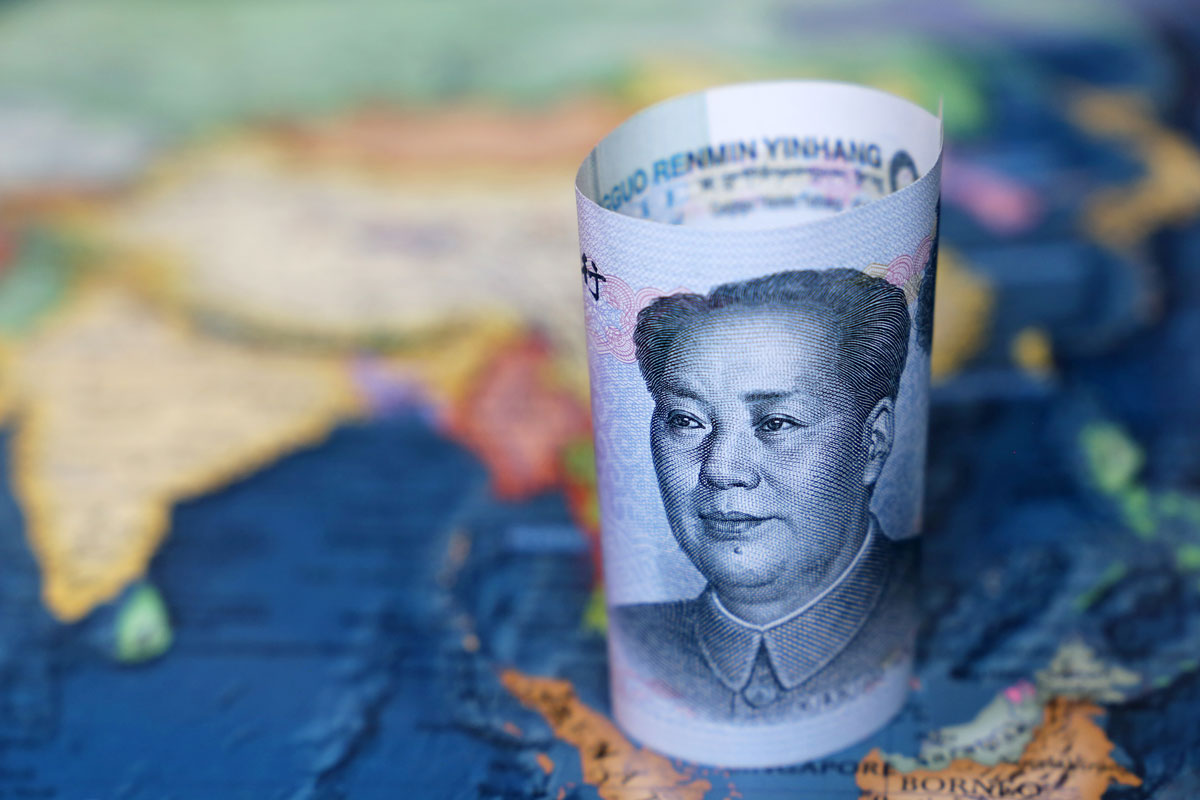Trump must be isolated
After the public spat that President Donald Trump had with President Zelenskyy of Ukraine, a few facts emerge. The American dislikes the Ukrainian intensely.
China’s potential approval of a staggering $1.4 trillion debt issuance signals a strategic pivot to counter persistent economic challenges.

Chinese economy representative image (Photo:IANS)
China’s potential approval of a staggering $1.4 trillion debt issuance signals a strategic pivot to counter persistent economic challenges. At its core, this fiscal package could offer relief for China’s struggling local governments and the property sector. However, it also reflects an evolving approach in Beijing ~ one that seeks to balance growth with financial stability rather than igniting the kind of explosive economic surge seen in past stimulus efforts. Local government debt has quietly grown into a ticking time bomb. Many municipalities, burdened by “off-the-books” debts, have financed infrastructure through local government financing vehicles (LGFVs), navigating around strict borrowing limits.
While these tactics fueled rapid expansion, they also created a web of liabilities that now constrain local budgets. Beijing’s new plan addresses this by deploying special-purpose bonds to restructure hidden debts, reduce the default risk of LGFVs, and manage liquidity better. It’s a calculated move to stabilize local governments without compromising China’s broader economic stability. The decision to dedicate up to 4 trillion yuan for land and property transactions is similarly nuanced. As China’s property sector endures one of its most severe slowdowns, local governments and property developers face liquidity issues and diminishing revenue streams from land sales. By allowing municipalities to raise funds specifically for land acquisitions, the government aims to prevent further devaluation in property markets and create a cushion against the cascading impact of a real estate downturn.
Advertisement
This injection could preserve market stability and offer some support for developers, although it stops short of providing a wholesale rescue for the sector. Yet, the timing of this stimulus package seems to carry geopolitical undertones. The plan’s alignment with the US election, set for November 5, reflects Beijing’s readiness to respond if external pressures escalate, particularly if a second term for Donald Trump brings heightened trade and economic tensions. The ability to adapt based on geopolitical events speaks of China’s long-term strategy, seeking resilience amid uncertain global dynamics. A Trump victory could prompt additional stimulus to buffer against expected tariff hikes and other economic headwinds from the US. While Beijing’s fiscal response is ambitious, it’s not the “bazooka” response some observers expected. Instead, it underscores a cautious approach to navigating economic turbulence without reigniting the issues that followed its massive 2008 stimulus, which fueled a property boom and unchecked lending.
Advertisement
This time, China appears to prioritise sustainability over short-term gains, focusing on stabilising demand and reinforcing confidence within manageable parameters. This package, therefore, hints at Beijing’s focus on controlled growth rather than chasing high GDP targets. Ultimately, while the plan may not dramatically boost China’s growth trajectory, it reflects a thoughtful recalibration. By addressing deep-rooted fiscal vulnerabilities at the local level and shoring up the property sector, China is laying the groundwork for a steadier recovery. Though significant challenges lie ahead, particularly as China contends with a slow global recovery, this shift toward measured stimulus and internal stability may set a new precedent for how Beijing manages its economy.
Advertisement